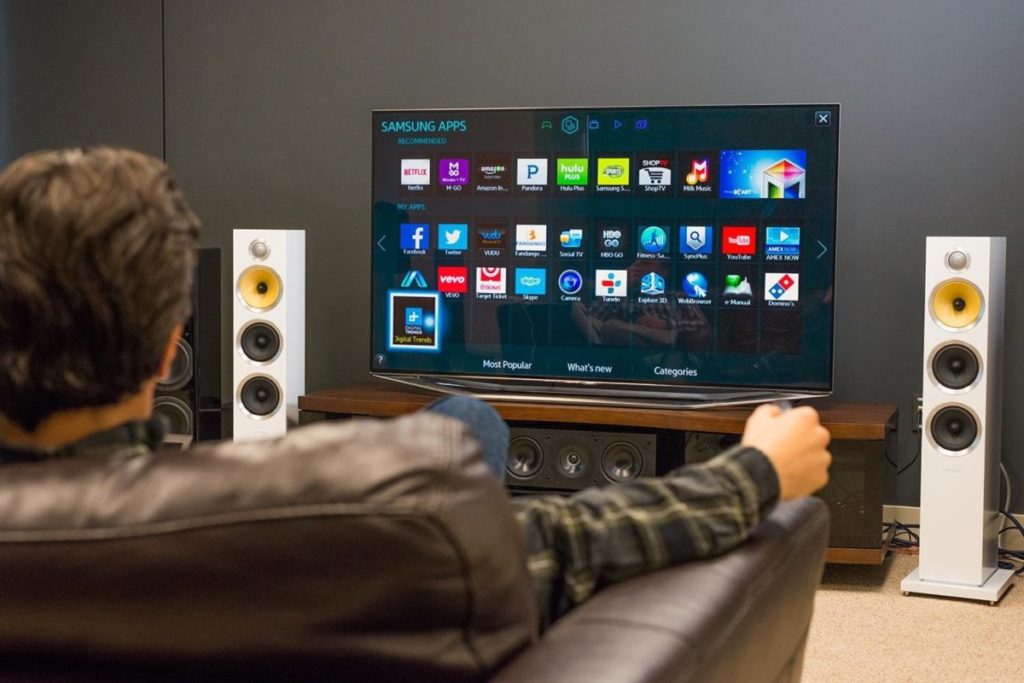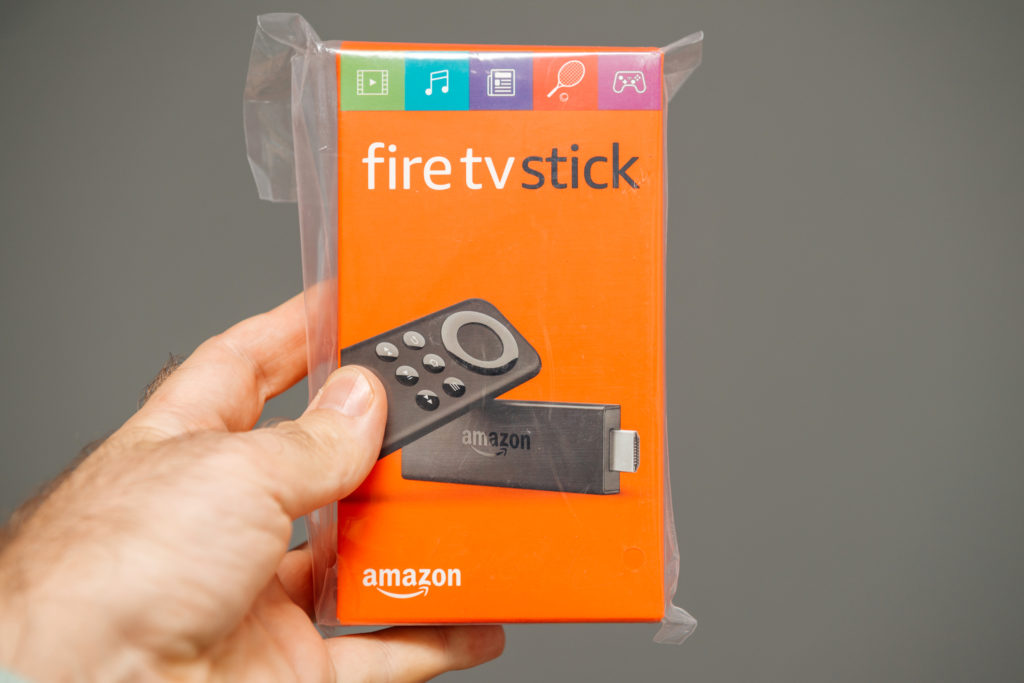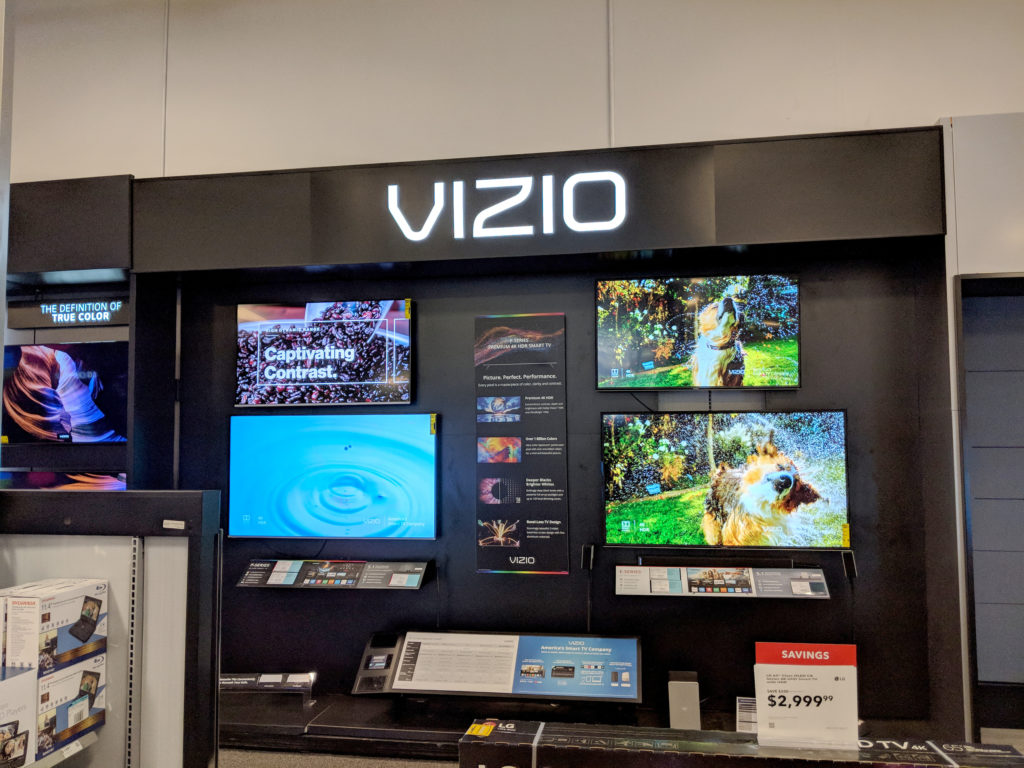Smart TVs are becoming more and more popular because they can do so much more than standard televisions. They are similar to a smartphone or tablet in that they provide Internet access and the ability to use a number of different apps.
As a rule, smart TVs do not use more energy than conventional TVs. But in general, smart TVs usually require slightly more power to process data to give you the best user experience and video quality. The more advanced Settings you use for your smart TV, the more power it consumes.
However, people wonder whether the modern technology is using more electricity. Read on to learn about smart TVs and how much energy they consume. Check out the list of the Best Streaming Devices on Amazon now!
What Is a Smart TV?
Smart TVs connect to the Internet using your home network. They can connect wirelessly or through a wired ethernet connection. There is no standard operating system for smart TVs. What you get depends on the TV you purchase. Different models provide access to different apps and services so you need to check each one to decide what is best for your family.
These TVs can connect to other devices in the home, stream video from Netflix or Hulu, and allow people to play games and check social media. They open up a whole host of choices. They can even work with Alexa or Google Assistant. Technology is allowing homes to integrate many different products including TVs, lights, door locks, and more. Often, you can control all of these devices from your smart TV.
How Is a Smart TV Different From a Conventional TV?
Smart TV is a catch-all term for a TV that can connect to the Internet and run apps or games. You can buy a TV with integrated WiFi and preprogrammed applications or you can buy a device such as Apple TV or Google Chromecast, which will connect to your old TV and achieve the same goal.
Both smart TVs and conventional TVs come in different shapes and sizes; they can have LCD, OLED, or other screens; and they can both use boxes for cable. Unless you buy one of the devices above, your regular TV can only run with a cable box or a DVD player whereas your smart TV can connect to the Internet and stream movies through apps, allowing you to access YouTube, play games, and more.
The difference is not so much the screen or the TV itself but rather what it is capable of doing. A smart TV is a combination of a computer, a television, and the set-top boxes that hook up to televisions. There are many different brands and they have different platforms and preinstalled apps. When you are selecting a smart TV, you need to do your homework and choose the one that provides the functions you need.
How Much Electricity Does Television Use?
How much electricity a television uses varies depending on several factors. One significant factor is the age of your TV and another is the type of display. Regardless of whether you have a smart TV or a conventional one, these factors play a huge role in determining how much energy it consumes.
If television was sold in 2011 or later, you can find out how much energy it consumes because the Federal Trade Commission requires that all televisions made in 2011 or later display an EnergyGuide label to show how many kilowatt-hours a TV uses and how much it costs to operate.
EnergyGuide labels are black and they estimate these figures based on a cost of $0.11 per kilowatt-hour as well as five hours of use per day. If you want to have a more exact estimate of the cost for your television, you can look up your power company’s cost per kilowatt-hour and determine how many hours you use the TV per day.
If you have an older television, you should be able to find out the wattage by looking at the back panel. There will be a number with a “W” following it and this is the wattage. You can multiply that number by the number of hours that your TV is on per day and then divide it by 1000 to determine your kilowatt-hour rate.
Factors that play a role in determining your energy cost include the following:
- Age: Older TV models tend to have a higher wattage than newer models.
- Size: The smaller your television, the lower its wattage.
- Type of Screen: LCD and LED televisions have similar energy needs but CRT and plasma TVs use nearly three times the energy.
Do Smart TVs Use More Energy?
As a rule, smart TVs do not use more energy than conventional TVs. In fact, if you take a look at the Toshiba 32” Class LED 720p HDTV and the Toshiba 32” Class LED 720p Smart HDTV Fire TV Edition, the EnergyGuide rating predicts that the smart TV will cost $6 per year on 50 kWh and the regular TV will cost $8 per year on 59 kWh.
If you use cable or satellite TV, both types of TV will still need a box. In addition, you will need to hook up your gaming console if you use one. The smart TV does use an Internet connection so it will use a little bit of energy from the connection to your router; however, in general, smart TVs do not use more energy by being smart.
The reality is that how much energy your TV uses is a function of its size, age, and screen type, not whether it is a smart TV or a conventional TV.
Tips to Decrease the Energy Consumption of Your TV
Whether you have an older model of television that uses more energy or a newer energy-efficient model, it is always a good idea to save on your electric bill.
Here are a few ways that you can cut down on your TV energy consumption:
- When you buy a new TV, make sure that you check the Energy Star rating.
- OLED displays are the most energy–efficient.
- Plasma TVs use more energy than most flat–screen options.
- Lower your TV brightness in the settings to lower your TV’s energy use.
- Disable the “always-on” features on your TV so that it will not use electricity when it is turned off.
- Turn off your TV when you are not watching it.
Most of the TVs that you can buy today are energy-efficient but you can save on your electric bill by following these tips.
Should You Buy a Smart TV?
If you have an older television, it can be a good idea to upgrade to a new smart TV. You can also buy a new TV that isn’t a smart TV and either one will likely save you money on your electric bill. The difference in cost between a smart TV and a convenient option that is comparable is minimal and the energy use can be lower on the smart TV.
Older televisions can use more than twice the energy to watch programs so most of the time, you will reduce your energy consumption by upgrading to a new television. If you stream movies and music, you may enjoy a smart TV; however, if you are using your cable service, you may not need the smart connection.
There are privacy concerns with smart TV because providers are known to track viewing habits and suggest movies or programs based on what you watch. If you plan to eliminate your cable with a smart TV, be aware that many streaming apps require a subscription or purchases to view the content. If you want to receive your cable channels, you will still need this service.
If your primary concern is energy consumption, upgrading to a newer television can be more energy-efficient. Check your current model to determine your energy rating. You can use this information to make this decision.
The most important thing to remember is that different factors go into your television’s energy consumption. Not only do the size, age, and display matter but how many hours you leave your television on and the backlighting setting have an impact as well. You can make some adjustments to your daily habits to reduce your energy use.
Check out the list of the Best Streaming Devices on Amazon now!
Final Words
The bottom line is that no matter what kind of television you have, a bigger screen will use more energy. If you are set on having a giant TV in your family room, it will use more energy than a 32-inch screen. If you choose to go this route, you can dim the brightness for savings and you can also make sure that the TV is off when it is not in use.
Another major factor is the type of screen. The new OLED displays are the most energy-efficient and LED displays to come in second. If you have an older plasma or CRT display, your TV will consume more energy.
If you want a smart TV, you will not increase your energy use but you will need to buy subscriptions to access some streaming features. If you want to keep your channel lineup, you will not be able to cancel your cable service.
Each year, a greater percentage of TVs sold are smart TVs so you may not have a choice in the future. However, you can use smart TV just as you would your conventional one and it will not use extra energy.

Hi there, technology lovers! My name is James, I am an admin and a frequent writer for this blog. I am a techno-geek, so this blog is the place where I want to share all my knowledge with you to make your life a little bit easier in terms of dealing with technology.



